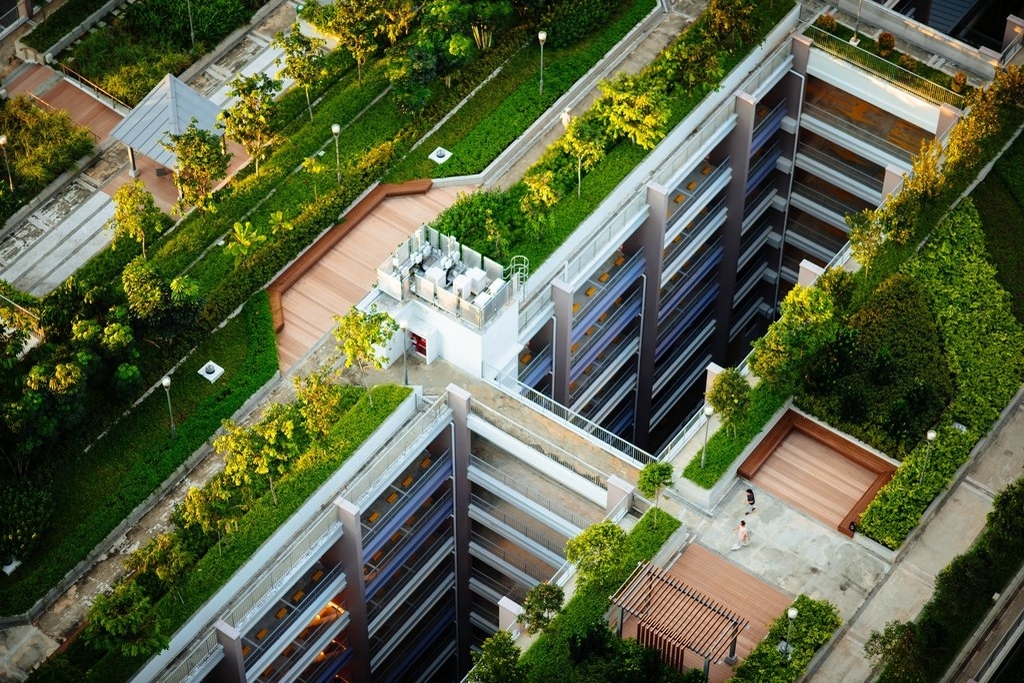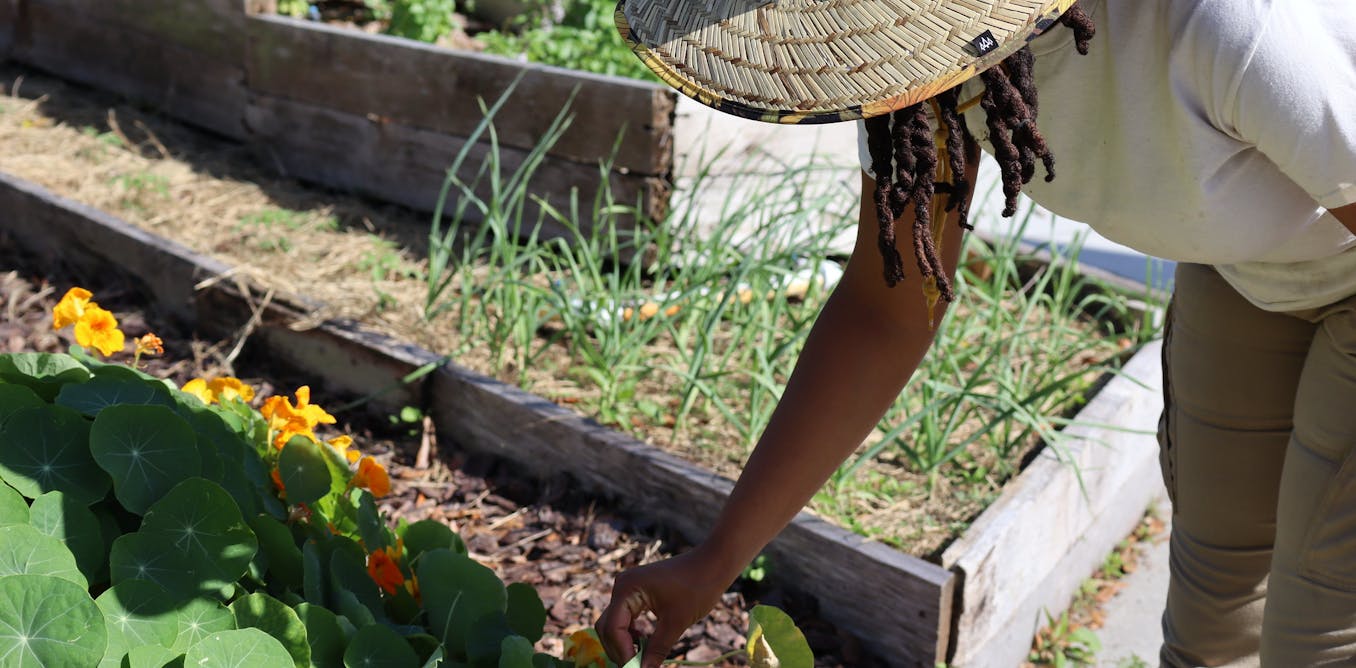The Definitive Guide to City Blooming
The Definitive Guide to City Blooming
Blog Article
The Single Strategy To Use For City Blooming
Table of ContentsSome Known Details About City Blooming How City Blooming can Save You Time, Stress, and Money.City Blooming Fundamentals ExplainedThe City Blooming PDFsRumored Buzz on City Blooming
Intrigued in expanding food for sale in the City of Chicago? Below is a list of often asked questions regarding the regulations and regulations that farmers need to take into consideration when preparing an urban farming project.
The zoning change does not change any type of other codes taking care of composting, building authorizations, acquiring or leasing City possessed residential property, company licenses or ecological contamination. There are existing codes that control these concerns and they remain completely impact and might apply to your project. Area yards are normally had or taken care of by public entities, civic organizations or community-based organizations and preserved by volunteers.
Urban ranches grow food that is meant to be offered, either on a not-for-profit or for-profit basis. Due to their business function, city farms call for a company permit. Yes. A community garden is enabled to offer excess produce that was grown on website if the sales are accessory or secondary to the garden's key purpose described over.
The Ultimate Guide To City Blooming
Composting is allowed yet just for plant material that is produced and used on website. The quantity of compost product can not go beyond 25 cubic backyards at any kind of given time according to the standards in 7-28-715 of the City's Municipal Code. Yes. Because the soil at most brand-new garden websites needs amending, garden compost, soil, wood chips, or other materials can be acquired to create or enhance the growing space - fruit and vegtables.

If a building authorization is called for then the hoophouse will be thought about an accessory building. You can learn even more regarding the structure license requirements by getting in touch with the Division of Buildings. The 25,000-square-foot dimension limitation is intended to stop a single area garden from controling an offered block or interfering with the block's existing domestic or commercial character.
The limitation does not use to gardens situated in Public Open Space (POS) districts. Can there be even more than one area yard that is 25,000 square feet on a single block? Fence is not called for, nevertheless, gardens that have big auto parking locations may be called for to mount secure fencing or other landscaping functions.
10 Easy Facts About City Blooming Shown
B1 & B2 districts require that all industrial usage activities be conducted indoors. R districts restrict commercial task. The regulations mirror the objective and intent of the Zoning Code. Is secure fencing required for urban farms? Yes. Fencings may be needed, together with landscape design and testing, for sure vehicle parking areas and outdoor work or storage space locations relying on location and the particular activity happening.
Urban farms require building authorizations and zoning approvals prior to building (sustainable gardening). Various other kinds of city evaluation might be needed depending on particular frameworks, activities, size, landscape design, licensing, public heath and stormwater administration issues.
The Division of Business Affairs and Customer Protection can assist establish the details kind of business license that's called for. Off street auto parking is required for a lot of commercial projects in Chicago. The needed number of car park spaces is based on the number of workers image source functioning on website and not the square footage of the growing area.
The Best Guide To City Blooming

Yes. An urban farm can market compost product generated on site, nevertheless, the procedure has to abide with the policies in 7-28-715 of the Chicago Municipal Code. Yes. Aquaponic systems are permitted indoors on metropolitan ranches in several zoning areas. A zoning evaluation and building permit is needed in order to set up frameworks or systems and a service certificate is called for as described over.
As much as five hives or nests of honey may be maintained as an accessory usage. Beekeepers have to register with the Illinois Division of Farming. For even more information about the proposed zoning modification you may contact the Division of Real Estate and Economic Growth, Bureau of Preparation and Zoning at 312.744.8563.
, which takes place in rural locations at the side of suburbs.
Not known Incorrect Statements About City Blooming
It can involve a movement of natural cultivators, "foodies" and "locavores", who seek to form social networks started on a shared principles of nature and neighborhood holism. These networks can create by method of formal institutional support, becoming integrated into regional town preparation as a "shift community" motion for sustainable metropolitan development.
In either instance, the much more straight accessibility to fresh vegetable, fruit, and meat items that may be become aware through metropolitan agriculture can boost food protection and food safety while decreasing food miles, leading to lower greenhouse gas discharges, therefore adding to environment modification mitigation. Some of the initial proof of city farming originates from Mesopotamia.
Report this page